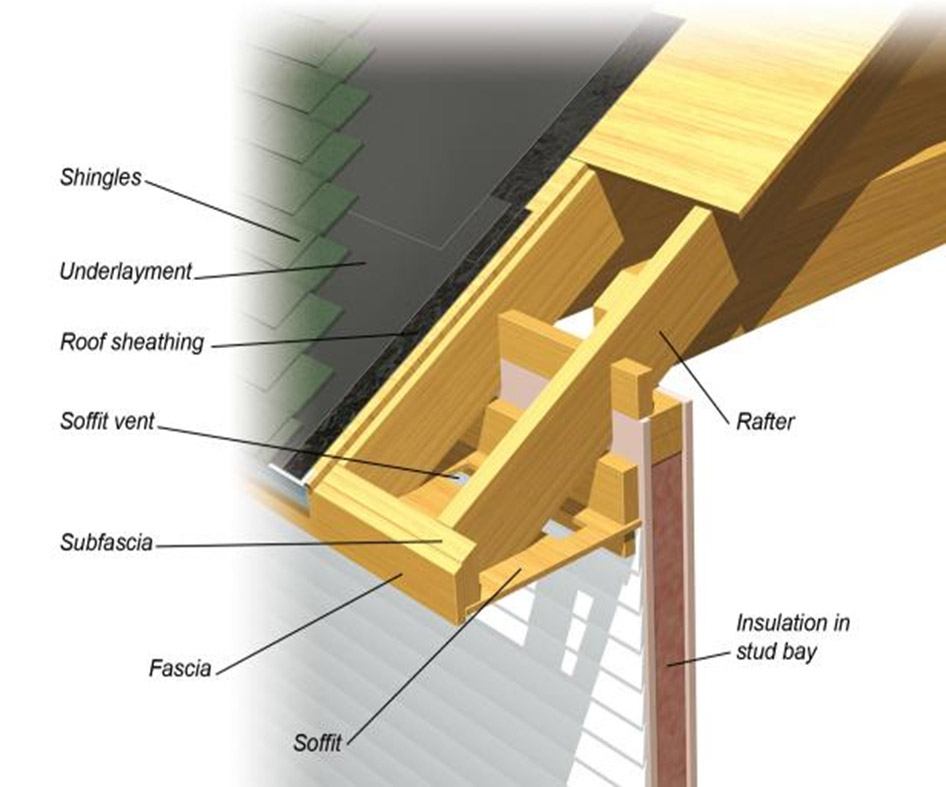
By Dennis Walton
Pitched roof ventilation can be one of the most hazards operations on the fireground, yet it is one of the most important assignments. Ventilation allows the chemicals, smoke, and heat evacuate out of the structure, making interior operations safer for firefighters. It also buys precious moments for any victims that may still be trapped inside. As a firefighter assigned to the roof, you must keep an open mind to our operations, roof construction, access to and egress from the roof, tools, and how you will perform the details of your task.
RELATED
Truck Company Ops: Cutting with the Ventilation Saw
Ventilating Peaked Roofs: The Milwaukee Method
Training Minutes Revisited: The Milwaukee Method
Truck Company Ops: Vertical Ventilation
First, we must consider what type of roof with which we are working; this will help us chose the right tools and equipment. There are many different types of roof construction to suit the occupancy and structural needs.
Figure 1. Basic Roof Construction

The overall build is typically either a rafter system (essentially a structural beam with bracing provided by joists, collar ties, parallel walls, or a combination of all three) or a truss system, which produces no outward thrusts and is a self-contained element. The exterior screen and finish usually encountered is either composition shingles, wood shakes, metal panels, or concrete or clay tiles. Roofs may be pitched (angled), or “flat” which, in reality, is very slightly angled. Most roofs are pitched, and there are many types of pitched roofs to suit different situations. As a result, there are many variations on the basic design and numerous combinations of design elements with construction methods.
The basic types of roofs are the following:
- Gabled. The roof slopes around a triangular extension of the end wall.
- Hipped. The joint between two adjacent slopes of a roof. Some complex roofs have several hips.
- Shed. This simple roof has only one slope. It is commonly used on lean-to structures such as additions.
- Mansard. A modified version of the pitched roof that creates a spacious living area in the roof space.
Once we understand the type of roof construction we are facing, we can then move on to obtaining the proper equipment and accessing the roof. The equipment we use can be based on personal preference or what is made available by the department. Whether you use a chain saw or a rotary saw, always be prepared to have a second method with you. As always, an ax or “pig” tool will always start no matter how the conditions are on the roof. Also consider a halligan bar and a roof hook; you can use both for additional footing, sounding the roof, or as a safety guide when working near the edge of the roof.
RELATED: Grant and Stephens on Safe Roof Operations ‖ Kelley on Roof Crickets ‖ Mittendorf on Ventilation Operations on Lightweight Roofs
You can make access by traditional ground ladders, aerial ladders and platforms, or through an attached structure. On many commercial or industrial facilities, you may find a permanent ladder inside or outside the building for maintenance of exterior-mounted equipment such as heating, ventilation, and air-conditioning units.
While placing the equipment to access the roof, keep in mind the other fireground tasks being performed. Keep away of interior access and egress points of the structure while laddering; these can be overwhelmed with personnel, hoselines, and other equipment. Also, always have a second way off the roof at a different location from the original access point.
As you make access to the roof, perform a quick size-up. Use a roof ladder to distribute the weight of the firefighters throughout the roof. Make a quick ventilation start point by removing the ridge vent at the peak of the roof, if one is available. Other options could be removing skylights as long as they are within a reasonable distance of the fire location and won’t lead a fire to fresh air such as in a row home’s common attic space.

(1) By using a steel hook, you can extend your reach and footing. (Photo courtesy of On Scene Training Associates.)
If it is decided that a vent hole is to be cut, coordinate a location of the cut with the interior fire attack. Once the location is agreed on, prepare for your cut. Try to distribute your weight and control your footing by staying intact with the roof ladder. To make the hole as large as possible, use additional tools to help spread your reach. For instance, take a steel roof hook, spike it into the roof horizontal to your cut, and span the area back to the roof ladder using a halligan bar placed into the rail of the ladder to stabilize the roof hook. This will give you a larger area for footing and keep you more secure on the pitched roof.
Make the hole as large as possible starting at the highest and farthest point of reach making your way back to the roof ladder and off of the roof. Once the hole is cut, the steel roof hook that was being used for footing can now be used to push through the hole to clear away any drywall or interior ceiling materials. After the ventilation process is complete, exit the roof with all equipment.
This seemingly small task makes the interior operations much easier, creating a place for the blinding, toxic smoke to clear away as the nozzles advance and rescuers search for victims. Proper size-up by your truck company and understanding of roof operations can make this a safer, more effective task to ensure everyone goes home.
Author’s Note: Special thanks to Ed Gleason.
Dennis Walton is a career firefighter with the city of Allentown, Pennsylvania; an instructor for On Scene Training Associates, LLC; and an adjunct instructor for the Pennsylvania State Fire Academy.
Originally ran April 13, 2017.

